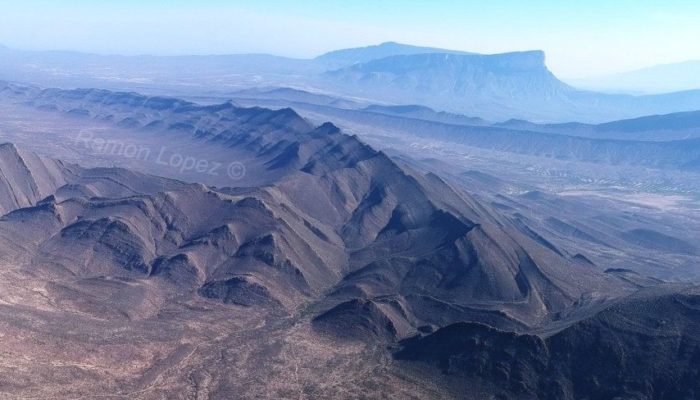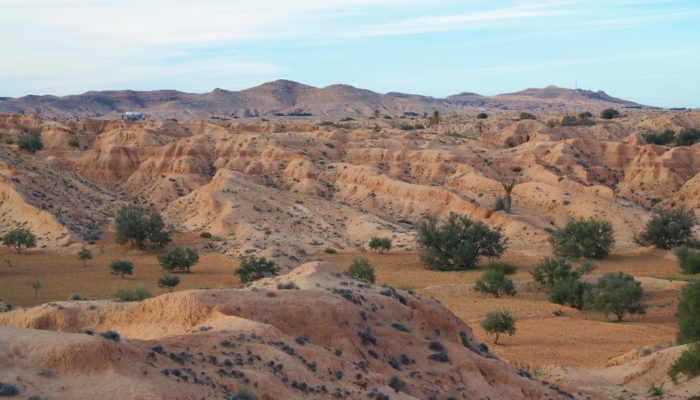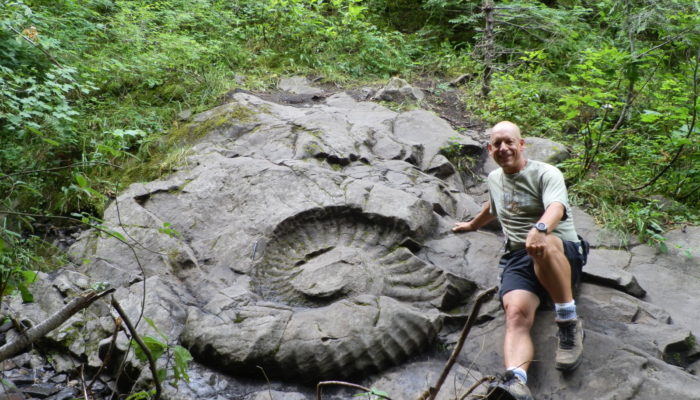When I graduated in the 80’s, a job in oil and gas was seen as a glamorous and exciting career for a geoscientist. Even some dramatic falls in the oil price could not dent the optimism within the industry, and oil cities like Calgary thrived. However, life for geologists working in our city has changed dramatically over the last few years. A peak oil price of around $106 per barrel in June 2014 wa ...[Read More]
When huge masses of salt move underground: lessons from outcrops that go beyond the table salt

There is a place in the NE of Mexico where anyone can learn heaps about the dynamics of the ground beneath our feet while enjoying the wonders of the desert. Geologists call the area ‘La Popa Basin’. La Popa means “The Bow”, a name that comes from the shape of one of the mountains in this area, which resembles the front part of a very large boat. This place is a perfect training field for ge ...[Read More]
Tips for presenting a Webinar
While many of us are experienced in giving presentations before a variety of audiences, for some, the switch to a remote presentation format can be daunting. With this in mind, and based on our experiences at sedsonline.com I have put together the following tips for our community – these are in no way exhaustive, but I do hope that you find them useful and I welcome any feedback or comments. Happy ...[Read More]
Desert loess: formation, distribution, geoscientific value

Loess is an aeolian (wind-driven) silty sediment covering over 10% of the Earth’s land surface; it occurs predominantly in the mid-latitudes. On a global scale, loess is among the most widespread unconsolidated sediments, and of crucial importance for agricultural regions where loess deposits are known to form fertile soils because of its ability to store water and retain nutrients. Loess is compr ...[Read More]


